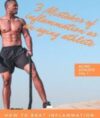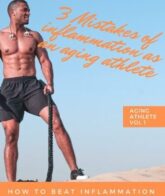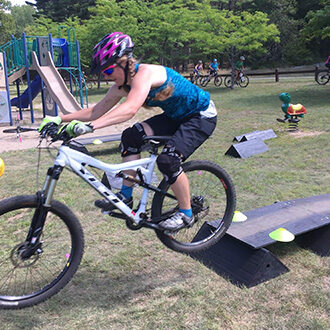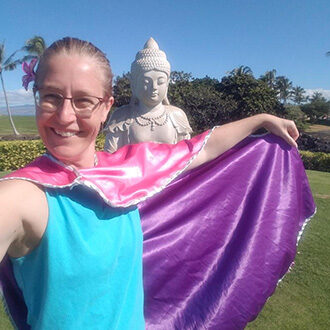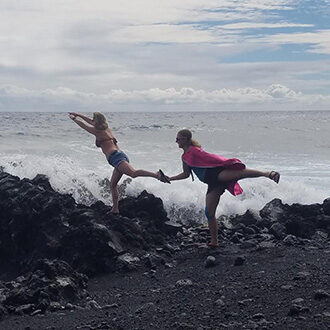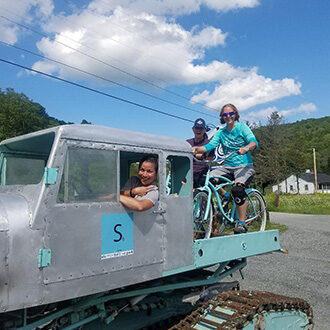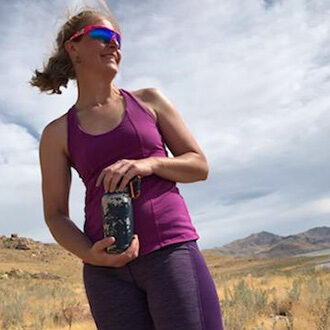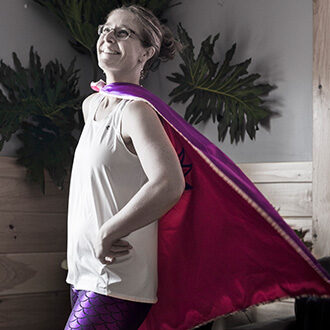Professional athletes can maintain their competitive advantage even at age 30 and older. You may think it would be fantastic if their fitness techniques could help you stay fit forever, too. But here’s the thing: professional athletes train harder and for significantly longer periods. Together with their fitness coach, they can grasp how their body needs to exercise to remain agile as the natural aging process takes hold.
And if they can do it, you can, too! According to some of the top strength and conditioning gurus across the globe, there are six techniques to ensure you can accomplish the same.
Tip #1: Make the Most of Free Weights
Isokinetic squat machines may work wonders for focused explosive workouts, but there is no substitute for traditional free weights to build up the entire body. This is because machines only work for a few big muscle groups. Still, Olympic-style lifts work the whole body’s kinetic chain, including the often overlooked but vital muscles for stabilization and support.
Weightlifting with proper technique is important for the rotator cuff and minor hip muscles. Strengthening these muscles can lead to fewer injuries, which usually indicates a longer career for pro athletes.
Make sure to stick to the fundamentals when it comes to building a strong foundation for your body: deadlifts, lunges, and squats for the lower part of your body, and bench presses, pushups, and pullup variations for your arms and chest.
Tip #2: Concentrate on Bar Speed Rather Than Weight
Aging has a terrible truth: it can slow you down. If you play a sport that requires speed, you will gradually become slower and slower. That’s why, as athletes become older, strength trainers preach the same thing: forget about maxing out in the gym and concentrate on the pace of force development or the bar speed.
The difficulty with explosive movements, whether they’re ballistic lifting or plyometric workouts, is that they can put a strain on your joints, especially if you’re an older athlete with mobility difficulties.
Tip #3: Train Your Tendon Fibers
It wasn’t long ago that it was thought that tendons couldn’t be trained. They were called “hypovascular,” implying that they lacked enough blood supply to heal from microtears the way muscles do. But recent research has revealed that tendons can be trained and can grow in stiffness and explosive capacity with the correct training methods.
You can stand on a leg press machine and hold a single-leg calf extension at the midpoint (neither flat-footed nor completely constricted) for five seconds to strengthen the Achilles tendon. This is an essential high-load isometric exercise that pays off big time when done repeatedly.
Conclusion
To stay at the top of their games, aging athletes need to train hard and often. However, it’s also essential for them to train at the right pace and avoid overtraining.
As you age, your strength may diminish, but you can follow these simple training tips and techniques so you can stay fit for a long time. If you want more advice, you can also seek a holistic health coach.
Meg Parker is an intentional health coach working on individuals as a trained holistic fitness practitioner, personal trainer, sports yoga instructor, mind and body trainer, and mental skills trainer. Need a fitness coach? Make sure to contact us today!

